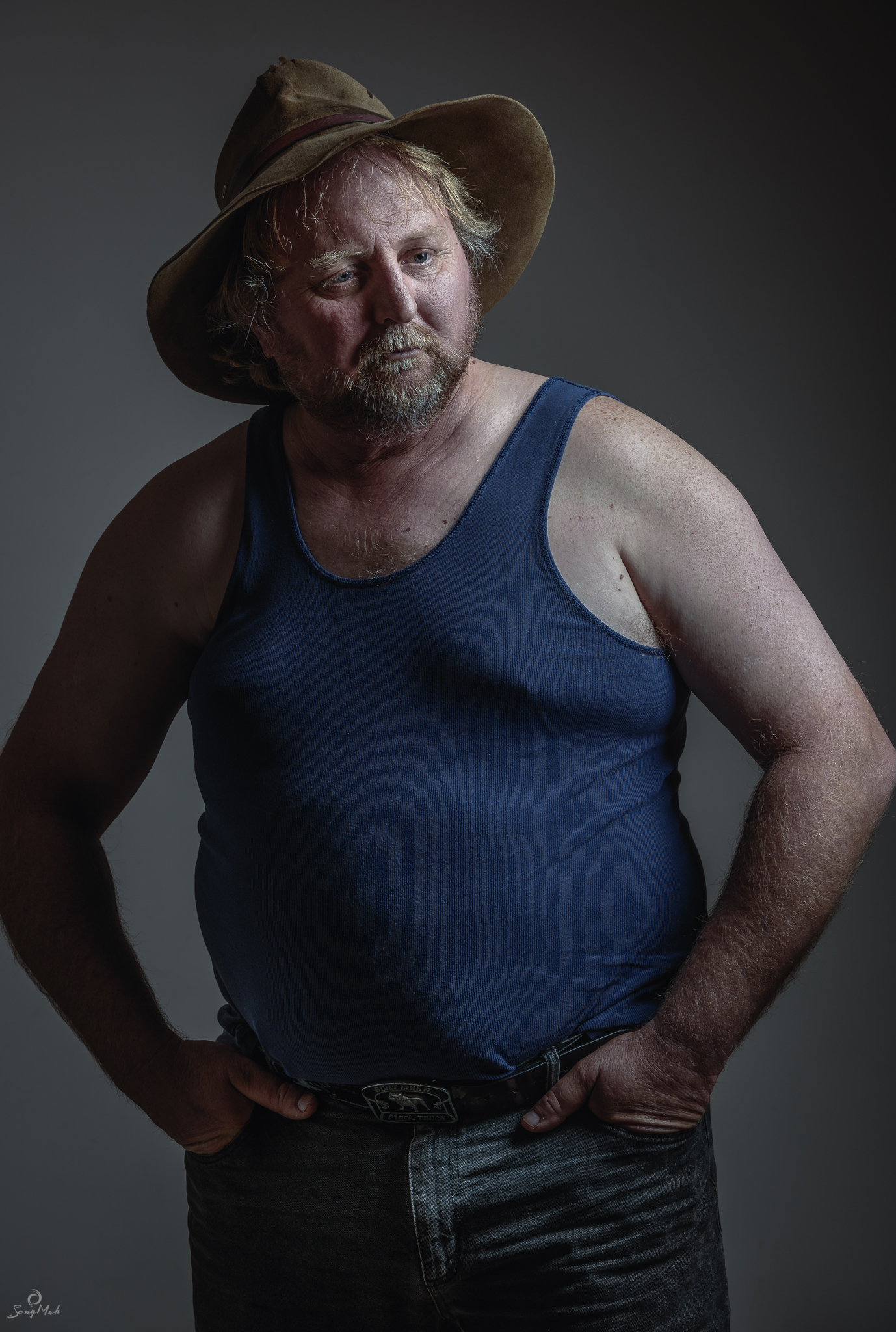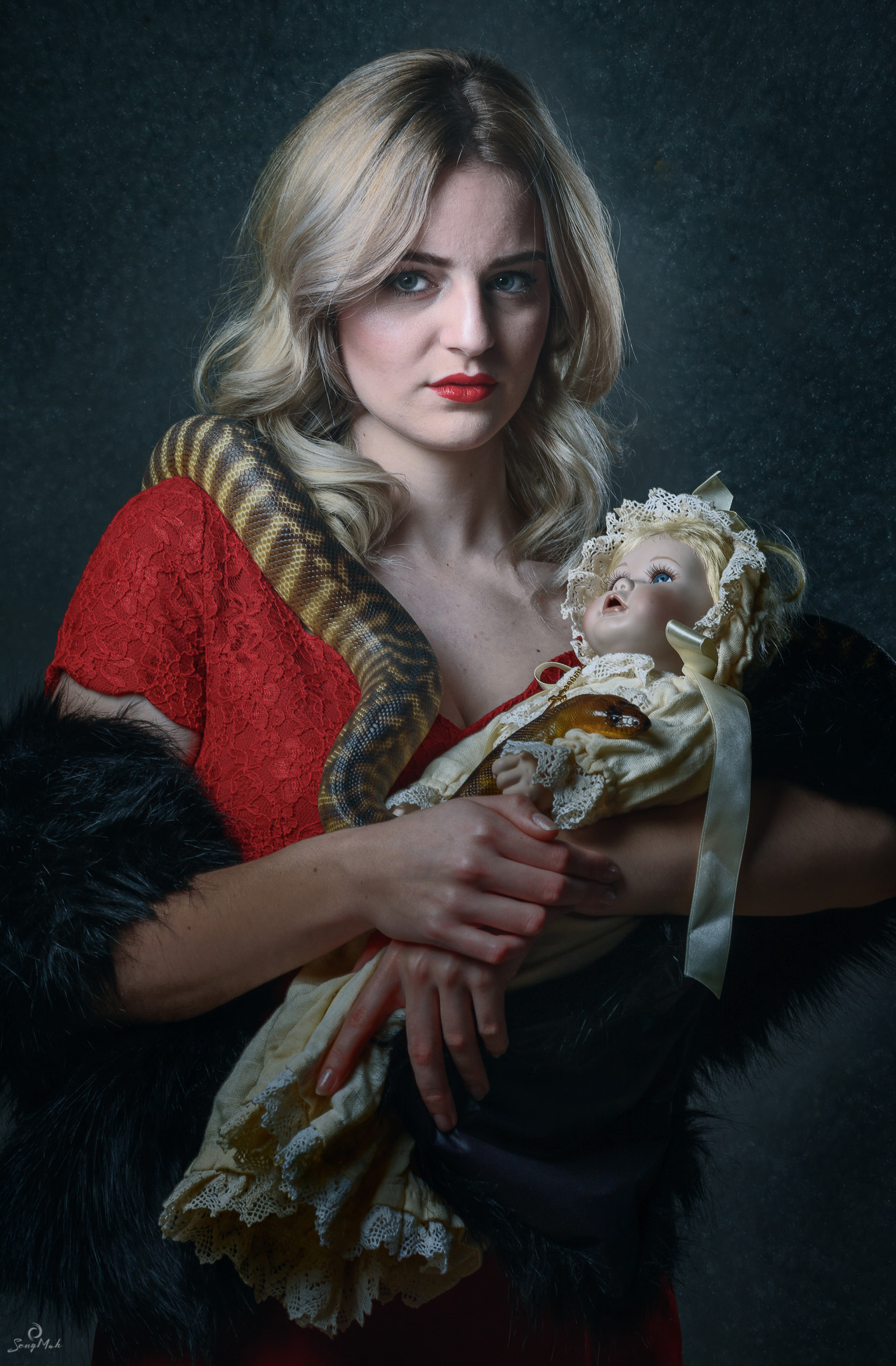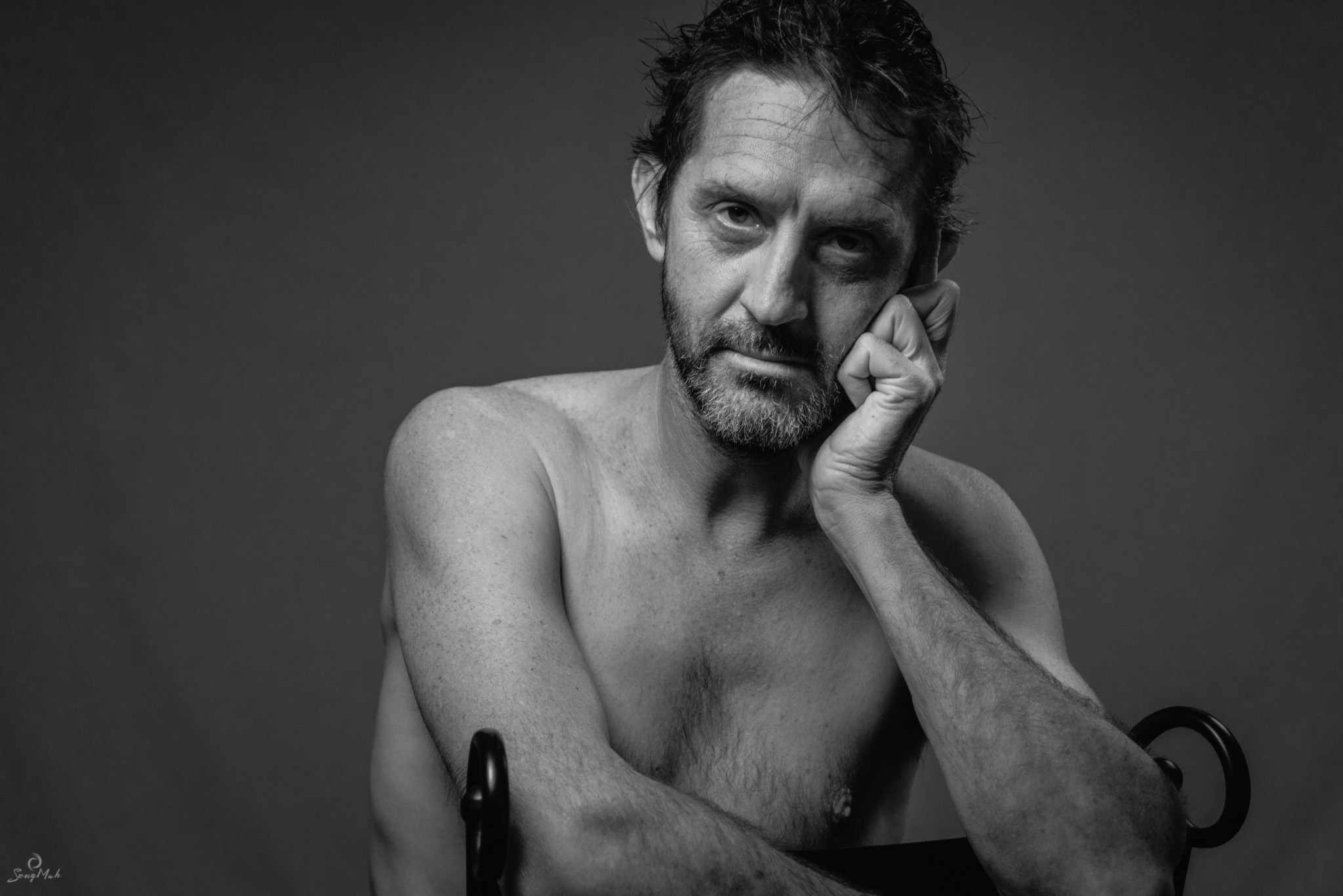Creating a strong, stand out portrait
With the Fremantle International Portrait Prize closing date just around the corner (11 August 2017) and with the numbers of entries ramping up, it’s worth while looking at what makes a strong and stand out portrait.
Portraiture is a creative genre about as old as the length of time humanity has spent on this Earth. Granted, the earliest forms of portraiture consisted mostly of stick figures hunting bison and mammoths on rock faces, but they were still attempts at depicting what people were about and what they were doing. There was a time when artists, sculptors, engravers and craftsmen were tasked with the most important responsibility of depicting the likeness of their patron, whether it be a pharaoh, emperor, baron or wealthy merchant. As portraiture evolved, it became less about producing a representation of a person as they wanted the world to see them and more about developing a depiction that communicated something of the essence or story of the person, whether real, interpreted or fictitious.

Tom
Portraiture in photography can be diverse and varied, surprising, evocative or just plain banal. The strength of the portrait lies in the way its crafted or created, and what it evokes in the viewer. In many respects, the creation of a portrait is something that is quite effervescent and complex. In order to take a portrait of a person, the photographer must, in a sense, vanish in order for there to be connection between subject and viewer. Yet, the portrait photographer is also the very force through which this connection is made.
“A portrait is not made in the camera but on either side of it.” (Edward Steichen)
Steichen is right in that the strength of the portrait lies outside of what the camera produces. It’s in a range of variables that are brought together by the photographer’s creative and critical eye: light, setting, engagement, connection, direction, emotion and more.
Photographer Robert Frank puts it more powerfully:
“There is one thing the photography must contain, the humanity of the moment. This kind of photography is realism. But realism is not enough – there has to be vision, and the two together can make a good photograph.” (Robert Frank)
As contemporary travel and humanitarian photographer, David duChemin, is fond of saying: “Gear is good but vision is better.” And we cannot ever forget the importance of vision — it’s the driving force behind artistic and creative expression.
Portraits created with vision are stronger, make more powerful connection with viewers and encourage viewers to invest in the image and its subject. There are a number of ways that we can photograph portraits that are more than just a pleasing “snap” of a person, ways in which we can create portraits that capture and hold the attention of viewers and establish connection between the two.
LIGHT FOR MOOD
Mood is what an artist creates to make you feel a particular way. When taking a portrait, consider the mood that you want the photograph the evoke and light the subject for it. Here are two portraits taken in natural light, but lit and posed differently. It’s a simple shift in lighting but this completely changes the mood in the portraits.


James
DRAW ATTENTION TO THE EYES AND FACE
If you’re taking a portrait where the subject is making eye-contact with the viewer (or if the subject’s eyes are visible), then draw attention to their eyes and face. Make sure the eyes are lit and, if appropriate, that there are catchlights in the eyes. In your development/editing of the image, draw attention to the subject’s eyes (without going over-the-top in your processing) and face, perhaps by making sure that the face is the brightest part of the image, so that the viewer’s eyes do not stray elsewhere. In the example below, I have selectively darkened the other parts of the man’s body in order to leave his face the brightest part of the portrait.

Justin
EVOKE EMOTION
“Great photography is about depth of feeling, not depth of field.” (Peter Adams)
And Adams is spot on. We spend too much time worrying about the technical when shooting portraiture (what f-number? what metering mode?) that we forget that our mission is to capture this “depth of feeling”… the emotive aspect of portraiture. Emotion can be evoked in so many different ways: through establishing connection between you and the person you’re photographing, developing the relationship and connectivity while you are photographing them; by giving them a seed of a story that can germinate during the shoot into an emotional response. It’s easy to photograph models but you’ll struggle to get real emotion from them; it’s harder to photograph everyday people but it’s easier to get real emotion from them.

Marra
TELL A STORY
We are all drawn to stories — it’s the lifeblood of the entertainment industry, tabloids and gossip magazines. Make the portrait you take a story about the person. It can be real, it can be imaginative, it can be a bit of both, but if you tell a story, you’ll draw the viewer into the portrait. It’s not difficult establishing a story in a portrait — just begin with a question. Why? Who? How? Simple props can help create a story — in the example below (the subject is… ahem… a model), I’ve used two props to raise questions about the person depicted: what’s her story?

BE AWARE OF THE ENVIRONMENT
The environment in which your subject is located is important to the portrait. An environmental portrait locates the subject in a setting that tells us something about them. The setting can add to the story you’re telling about the subject, it can create mood. If the setting is unimportant and inconsequential to the subject, then do away with it. American photographer, Richard Avedon, built a body of work photographing everyday Americans against a plain background (In the American West), isolating his riveting subjects from the rest of the world so that all we see is them and them only.

Tony in his workshop

Bradley
LOVE YOUR SUBJECT
“A thing that you see in my pictures is that I was not afraid to fall in love with these people.” (Annie Leibowitz)
The act of taking a portrait asks you to invest in the person you’re photographing. For that duration, you’re invested in them and they in you. There’s the establishment of rapport and trust: the request for both parties to risk something of themselves, to show themselves to be vulnerable and to trust in the other. Don’t be afraid to let the barriers down, even if it’s only for the few minutes in which you are taking the photo. Trust is the root of all connection. Love your subject and it will show in the portraits you take of them.

Briony
There is still time to enter the Fremantle International Portrait Prize — entries close on the 11th August. And if you’d like to learn more about creative and fine art portraiture, why not join The Art of Portrait Photography Workshop (9 September 2017)!

No Comments